Exploring the Essential Sections of an Aircraft: A Comprehensive Guide
Pilot's Life Blog
MARCH 15, 2024
Most Crucial Aircraft Components, From the Flight Crew to the Cockpit, Are in the Fuselage The body of an airplane is known as the fuselage. Pilots navigate the airplane forward in glass cockpits, which are located just over the aircraft’s nose. This long, metal tube connects all the main components of an airplane.

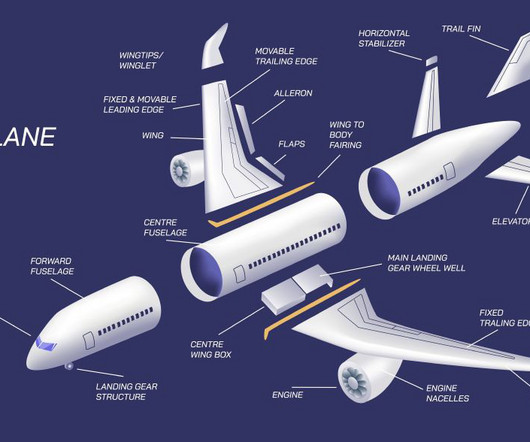


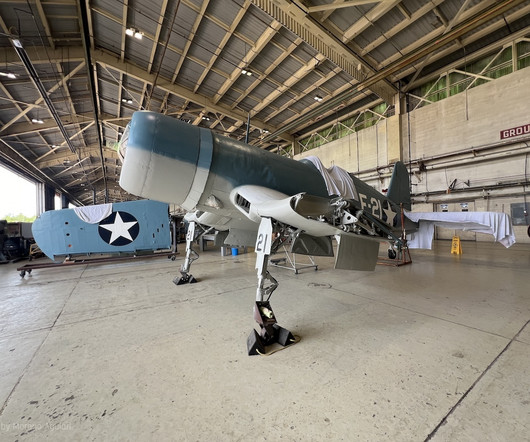
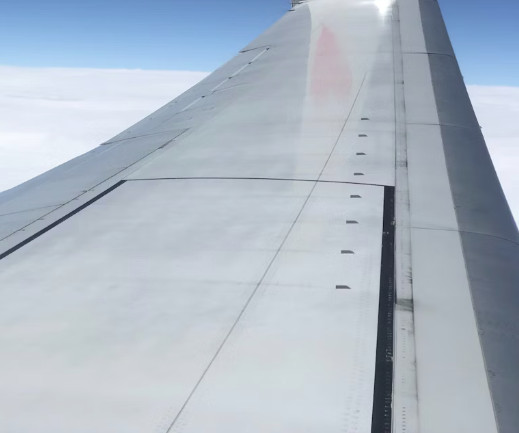


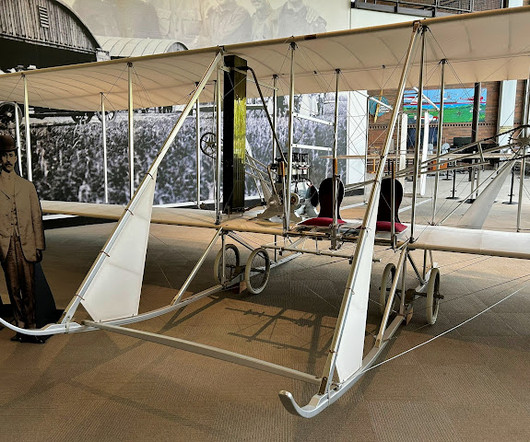
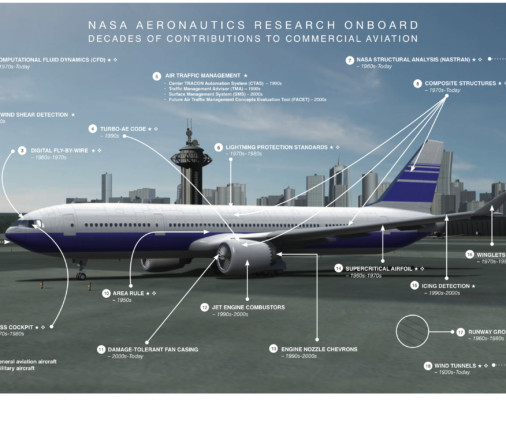

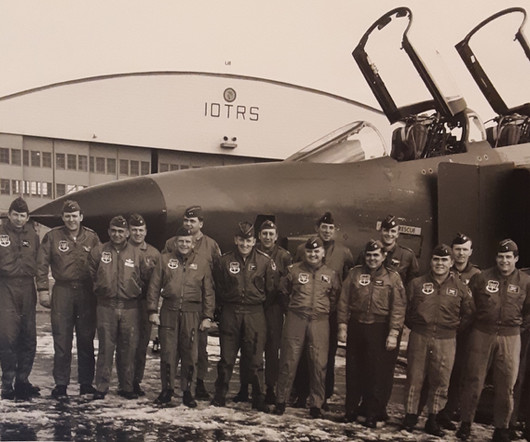

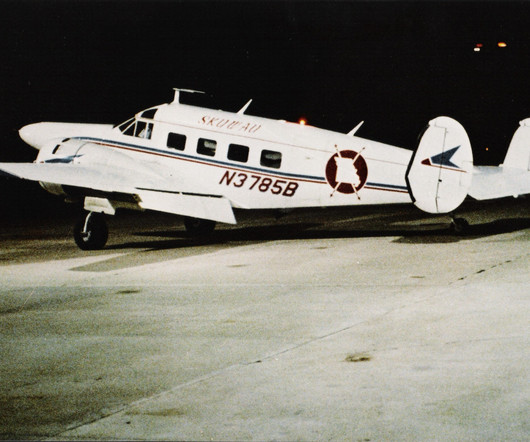

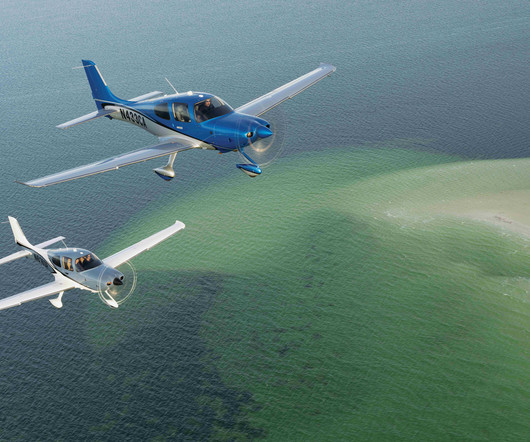
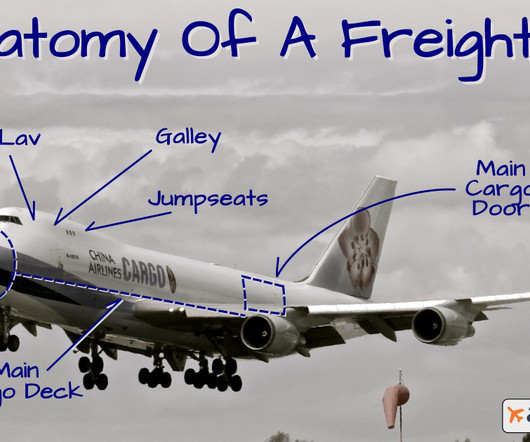
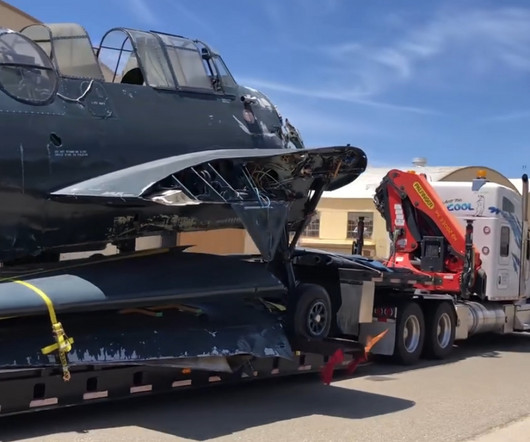






Let's personalize your content